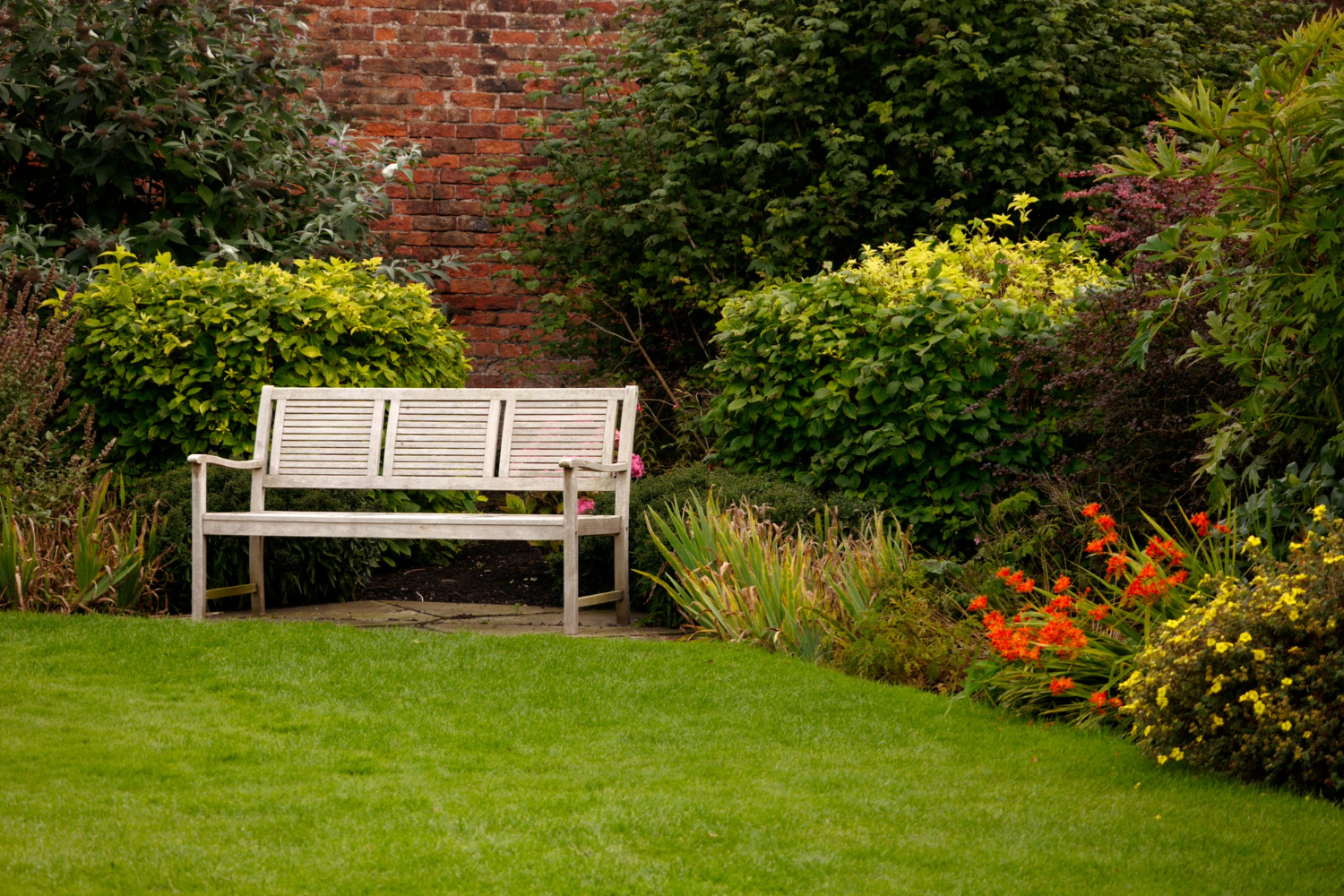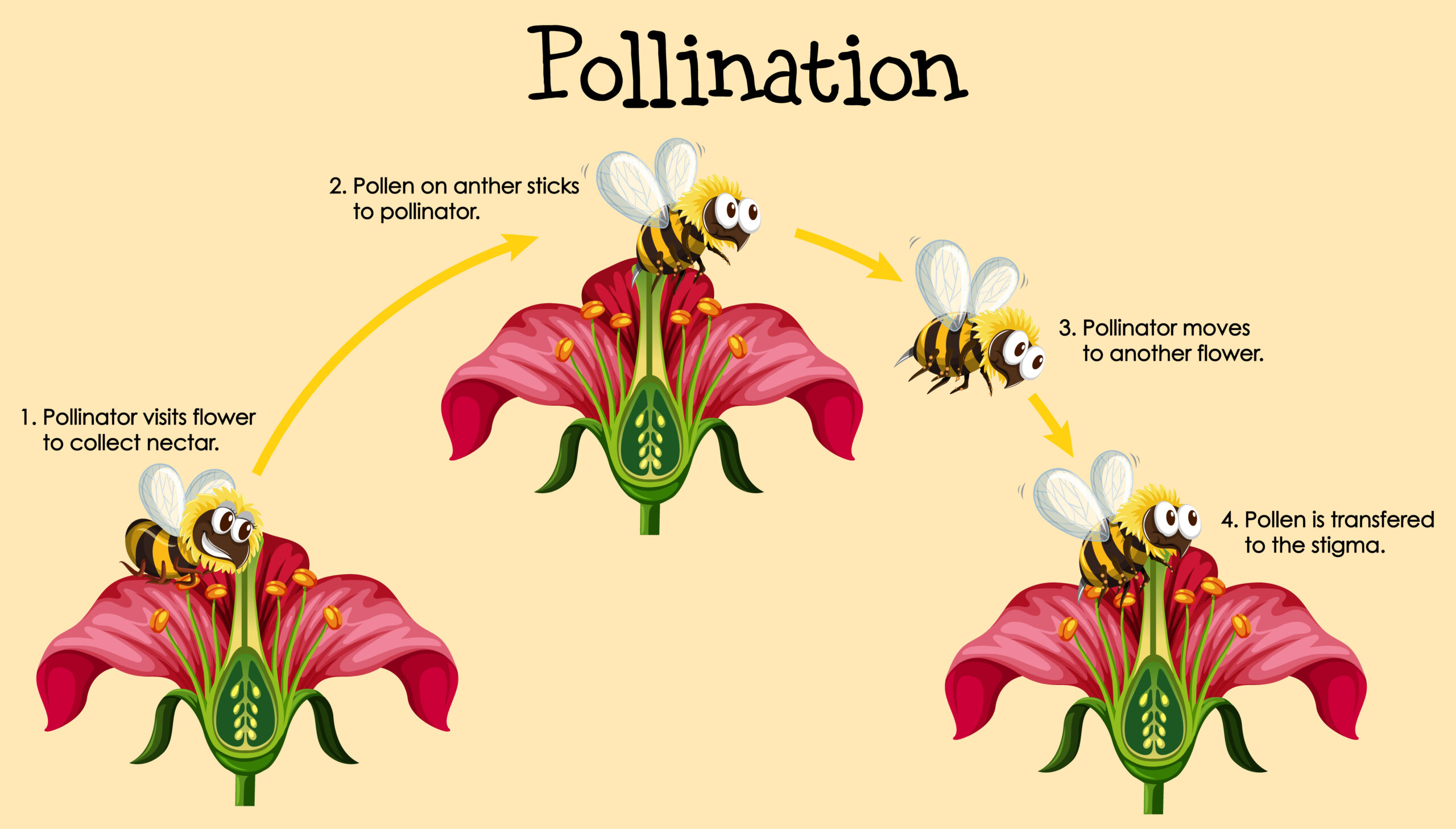So you want to have a beautiful garden that is easy to maintain and produces an abundance of fresh produce? Well, you’ve come to the right place! We’re going to introduce you to the world of permaculture principles and how you can apply them to your home garden.
Ironically, the key to a thriving and sustainable garden is to work less, not more. By mimicking natural ecosystems and working with nature, not against it, you can create a garden that is self-sustaining and requires minimal effort on your part.
These principles are based on the idea that a garden is not just a collection of plants, but a complex ecosystem that requires balance and diversity to thrive. By following these principles, you can create a garden that is not only beautiful but also sustainable and resilient.
So let’s dive in and explore the world of permaculture principles for your home garden!
Mimicking Natural Ecosystems
By mimicking the natural ecosystems surrounding us, you can create a thriving and self-sustaining environment in your own backyard.
One approach to this is through forest gardening, which involves designing your garden to resemble a forest ecosystem. A forest garden is made up of layers of vegetation, from tall trees to smaller shrubs and ground covers. This mimics the structure of a natural forest and creates a diverse and resilient ecosystem that supports a wide range of plants and animals.
Another way to mimic natural ecosystems is by creating biodiversity hotspots in your garden. These are areas where you focus on planting a variety of native plants that attract pollinators and other beneficial insects.
By creating these hotspots, you’re supporting the local ecosystem and helping to maintain biodiversity in your area. Additionally, by planting a variety of plants, you’re providing habitat and food sources for a range of creatures.
This helps to create a balanced ecosystem that can better withstand pests and diseases without the need for chemical interventions.
Working with Nature, Not Against It
You can create a harmonious and sustainable garden by understanding and cooperating with the natural processes and systems that already exist around you.
This means using natural resources such as rainwater and compost, and integrating animals into your garden ecosystem. For example, chickens can provide eggs and help control pests while also fertilizing the soil with their droppings. Similarly, bees can pollinate your plants while also producing honey and supporting the overall health of your garden.
Working with nature also means avoiding harmful chemicals and synthetic fertilizers that can disrupt the delicate balance of your garden ecosystem. Instead, opt for organic and natural methods such as companion planting, crop rotation, and using homemade remedies to control pests and diseases.
By embracing these principles and practices, you can create a beautiful and productive garden that supports the health of the environment and the people who tend it.
Companion Planting for Mutual Benefit
Have you ever wondered how certain plants can help each other grow and thrive together? Well, in this section, we’ll explore the concept of companion planting and how it can benefit both your plants and your garden as a whole.
Companion planting involves interplanting combinations of plants that have mutual benefits to each other, ranging from pest repelling pairings to nutrient sharing partnerships.
One of the most well-known examples of companion planting is planting marigolds next to tomatoes. Marigolds emit a scent that repels certain pests, including nematodes, which are known to attack tomato plants. Additionally, marigolds attract beneficial insects, such as ladybugs, which feed on harmful pests like aphids.
Another beneficial pairing is planting beans next to corn. Beans are nitrogen-fixing plants, meaning they take nitrogen from the air and convert it into a form that can be used by other plants. Corn requires a lot of nitrogen to grow, so planting beans next to it provides the corn with the necessary nutrients while the beans benefit from the corn’s sturdy stalks for support.
By incorporating companion planting into your garden, you can create a sustainable and thriving ecosystem that benefits both your plants and the environment.
Crop Rotation for Soil Health
If you want to maintain healthy soil in your garden, it’s important to rotate your crops to avoid depleting the soil of specific nutrients.
Crop rotation is a simple and effective way to maintain soil health and prevent diseases and pests.
Plant diversity is essential in crop rotation, as different plants have different nutrient requirements and take up different amounts of nutrients from the soil.
By rotating crops, you can prevent the buildup of certain pathogens and pests, and help ensure that soil fertility is maintained over time.
Nutrient cycling is another important aspect of crop rotation. When plants grow, they take up nutrients from the soil. When they die, these nutrients are returned to the soil, where they can be taken up by other plants.
By rotating crops, you can help ensure that these nutrients are cycled efficiently, reducing the risk of nutrient depletion and increasing overall soil health.
So if you’re looking to maintain a healthy garden, consider incorporating crop rotation into your gardening practices. Not only will it help keep your soil healthy, it can also lead to better yields and healthier plants.
Building Healthy Soil for a Thriving Garden
Get ready to watch your garden thrive with healthy soil by implementing simple practices that’ll make a world of difference.
Building healthy soil is the cornerstone of a successful garden, and there are many techniques you can use to achieve this.
One of the best ways to improve your soil health is through vermicomposting. This is the process of using worms to break down organic matter, which results in a nutrient-rich fertilizer that’s ideal for plants.
Vermicomposting benefits your garden in many ways, including improving soil structure, increasing soil fertility, and providing a natural source of nutrients for your plants.
Another way to build healthy soil is through cover cropping techniques. Cover crops are plants that are grown specifically to improve soil health, rather than for their edible produce.
Cover crops help to prevent soil erosion, reduce weed growth, and increase soil fertility. Some common cover crops include clover, rye, and buckwheat.
When choosing a cover crop, it’s important to consider the specific needs of your garden and the climate in your area.
By incorporating vermicomposting and cover cropping techniques into your gardening practices, you can create a thriving garden that produces healthy, nutrient-rich produce.
Conclusion
Congratulations, you’re now equipped with the knowledge of permaculture principles to create a thriving home garden. By mimicking natural ecosystems, you can create a self-sustaining garden that requires little maintenance.
As you work with nature, not against it, you’ll create a harmony that will benefit all living things in your garden. Take, for example, the way a forest works. The trees, shrubs, and other plants work together to create a healthy ecosystem.
The fallen leaves and branches create a natural mulch that feeds the soil. Insects and animals are attracted to the diverse plant life, creating a natural balance. By applying these same principles to your garden, you can create a thriving, sustainable environment.
As you continue to implement permaculture principles, you’ll see a transformation in your garden. Your plants will thrive, your soil will be healthy, and you’ll create a space that is beneficial for all living things.
With the right mindset and a little bit of effort, your garden can become a haven for biodiversity, a place where nature works in harmony. So, get out there and start creating your own little piece of paradise!









